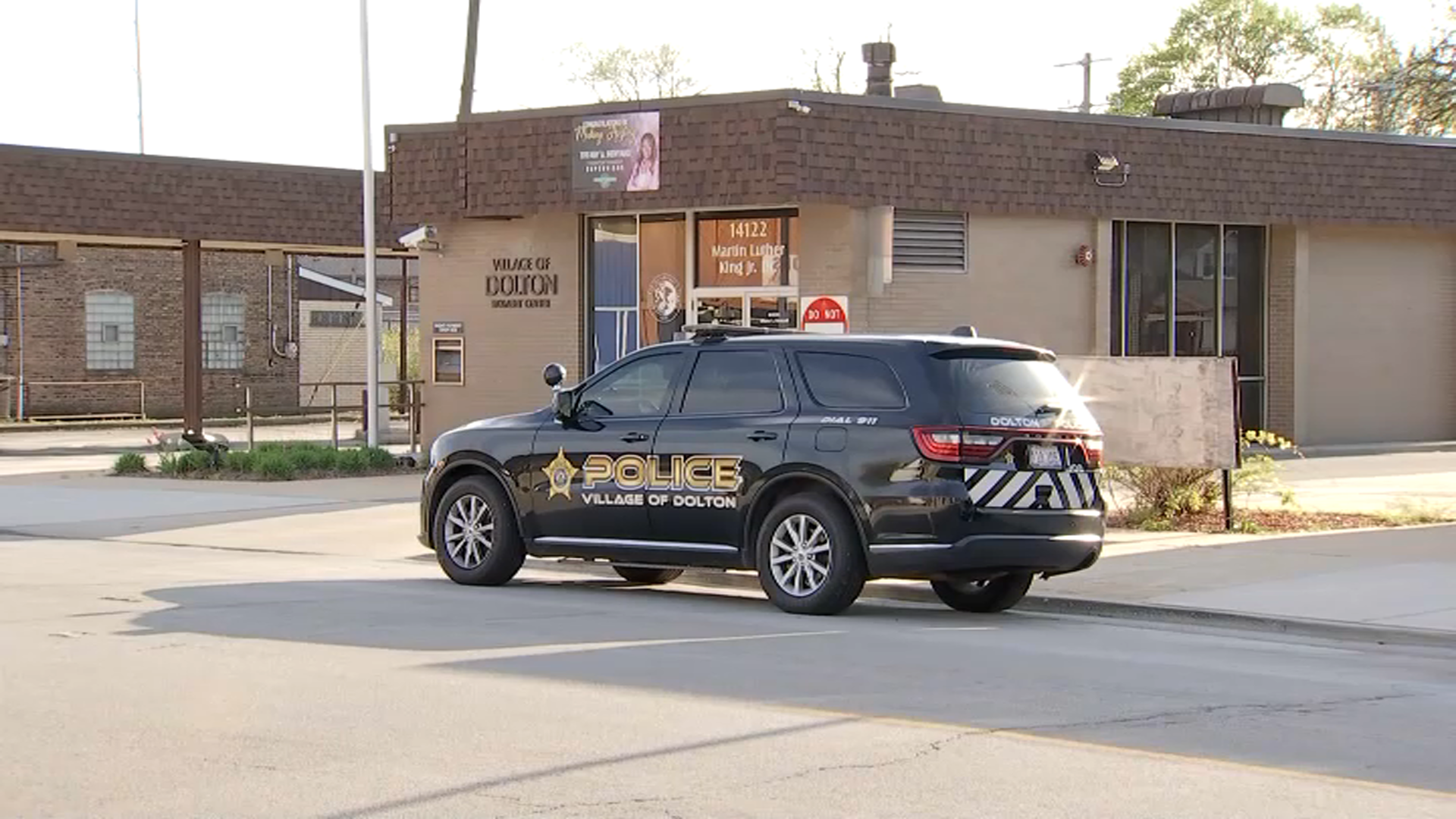Illinois' 11 regions will not automatically see any new COVID-19 mitigations, even if they hit the metrics that previously automatically triggered more restrictions, state health officials said Monday.
All of the state's regions remain in Phase 4 of the state's reopening plan, where they've been since February.
Phases 4 and 5 are part of the "Restore Illinois" plan that Gov. J.B. Pritzker unveiled last year at the outset of the pandemic, though he amended the specific guidelines within each last month as he unveiled an additional "Bridge Phase" between the two that would allow for higher capacity limits prior to entering Phase 5, which would mark a complete reopening.
As the state's cases and deaths spiked amid a second wave of the coronavirus in the fall, Illinois officials announced "resurgence mitigations" in Tiers 1, 2 and 3.
Feeling out of the loop? We'll catch you up on the Chicago news you need to know. Sign up for the weekly Chicago Catch-Up newsletter here.
All 11 of the state's regions were placed in the most restrictive Tier 3 on Nov. 20, suspending indoor dining across Illinois and closing down museums and casinos, among other mitigations which lasted through the holiday season. Pritzker announced in January that regions could begin to lift those most stringent restrictions if they met the criteria, which all 11 did by February 4.
Previously, a region would move from Phase 4 to Tier 1 mitigations if it saw a test positivity rate ≥ 8% for three consecutive days over a 14-day monitoring period (7-day average) OR a sustained increase in test positivity rate (7-day average over 7 of 10 days) and either (A) Sustained increase in COVID patients in hospital (7-day average over 7 of 10 days), or (B) Staffed hospital and ICU beds < 20% for three consecutive days (3-day average).
But state health officials said Monday that regions will no longer automatically trigger Tier 1 mitigations, even if they hit those metrics amid another rise in cases and hospitalizations.
Local
"The resurgence mitigation plan was designed before we had vaccines," Illinois Department of Public Health spokeswoman Melaney Arnold said in a statement Monday.
"We’re very concerned with the recent trends, but given increasing vaccination rates, we are not yet at the point where we would move regions backwards," Arnold continued, adding, "Local municipalities are still able to put in place more stringent mitigations."
Arnold confirmed that Illinois remains in Phase 4 mitigations statewide and will not move to more or fewer restrictions until further notice. Unlike previous tiered mitigations, Pritzker said when announcing the new plan last month that all of Illinois will move through the Bridge Phase and Phase 5 together once they meet the required metrics.
To move into the Bridge Phase, the entire state must reach a 70% first-dose vaccination rate for residents 65 and older, in addition to maintain the current required metrics of at least 20% ICU beds availability and holding steady on hospitalizations for COVID-19 or COVID-like illnesses, mortality rates and case rates over a 28-day monitoring period.
Illinois met the vaccination metric required to move to the Bridge Phase at the end of March, officials said, but did not advance because of increasing hospital admissions and COVID cases. Officials have not given a timeline of when the state may move forward, though metrics have continued to increase since.
Once in the Bridge Phase, in order to move to Phase 5, the state must reach a 50% vaccination rate for residents age 16 and over and meet the same metrics and rates required to enter the transition phase, over an additional 28-day period, state officials said.
The state could be forced to revert back to an earlier phase if, over the course of 10 days, the state experiences an increasing trend in COVID-19 and COVID-like illness hospital admissions, a decrease in ICU bed availability, an increase in the mortality rate, and an increasing case rate, the state said.



